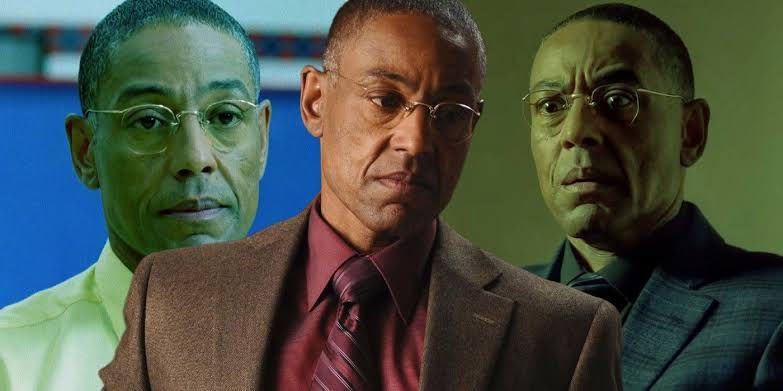
Gus Fring’s Death in *Breaking Bad* Defied Show Rules, Creating One of TV’s Greatest Moments

Gus Fring’s death scene in *Breaking Bad* stands as one of the most memorable moments in television history. The moment not only shocked viewers but also pushed the boundaries of the show’s established narrative rules. As a character, Gus Fring, portrayed masterfully by Giancarlo Esposito, epitomized the calm, calculating villain. His demise, however, challenged the audience’s expectations and left a lasting impact on the series and its legacy.
Building Tension
To understand why Gus Fring’s death was so powerful, it’s essential to consider the build-up to this pivotal moment. Gus was introduced as a seemingly untouchable drug lord, meticulously maintaining a façade of respectability while orchestrating a vast drug empire. His character was marked by a cool demeanor and strategic prowess, leading many to believe that he was invincible. Throughout the series, he often outsmarted his enemies, showcasing a level of intelligence and ruthlessness that made viewers doubt if he could ever be defeated.
The tension escalated as Walter White, portrayed by Bryan Cranston, increasingly saw Gus as a formidable foe. The rivalry reached its peak in Season 4, where Walter, pushed into a corner, concocted an intricate plan to eliminate Gus. The groundwork for the showdown was laid over several episodes, creating a sense of inevitable confrontation. This slow build-up contributed significantly to the weight of Gus’s eventual downfall.
The Death Scene
Gus’s death occurs in the Season 4 finale, “Face Off,” and is a masterclass in storytelling and cinematography. Walter’s plan involves a bomb that he attaches to the wheelchair of Hector Salamanca, Gus’s former associate and rival. The tension is palpable as Walter manipulates Hector into participating in the plot.
When the moment finally arrives, the execution is both shocking and brilliant. As Gus visits Hector in the nursing home, the viewer is drawn into a false sense of security. Gus’s calm demeanor, paired with his usual calculated behavior, makes it easy to forget the looming danger. The scene’s pacing is perfect, building suspense until the explosion occurs, taking Gus by surprise. In a striking visual moment, Gus emerges from the wreckage, straightening his suit, embodying his former self as if he were still invincible. However, this illusion is shattered when he collapses, revealing the severity of his injuries.
The shock of his death is accentuated by the careful direction of Vince Gilligan and the exceptional performances of Esposito and Cranston. The scene utilizes silence and visual storytelling to enhance the emotional impact, making it a significant moment not just for the characters, but for the viewers as well.
Breaking the Rules
Gus Fring’s death represents a deviation from the established rules of the *Breaking Bad* universe. The show had a penchant for crafting stories where characters met their fates through logical consequences of their actions, often rooted in the harsh realities of the drug trade. However, Gus’s sudden and violent demise breaks this pattern.
Instead of being taken down through a series of manipulations and power struggles, he falls victim to a clever but ultimately unexpected betrayal. This moment challenges the viewers’ perception of narrative control within the series, raising questions about the unpredictability of fate. In a world where calculated risks usually dictate outcomes, Gus’s death signifies that even the most strategic players can be blindsided.
Lasting Impact
Gus Fring’s death resonated with audiences beyond just the shock value; it reshaped the trajectory of *Breaking Bad*. After Gus’s departure, the power dynamics shifted significantly, leading to Walter’s ascent as a more ruthless figure. The vacuum left by Gus’s death opened the door for new conflicts and character developments, ultimately driving the narrative into darker territory.
Moreover, the scene has influenced the way villains are portrayed in television. Gus’s complex character, coupled with his unexpected death, established a new archetype for antagonists—one that is not only formidable but also humanized through their vulnerabilities. This approach has paved the way for more nuanced portrayals of villains in subsequent series.
Conclusion
Gus Fring’s death scene in *Breaking Bad* is a hallmark of television excellence, blending intricate storytelling with powerful performances. It defied the established narrative rules of the series, leaving viewers in awe and marking a significant turning point in the show. As one of the greatest moments in TV history, it serves as a reminder of the unpredictability of storytelling and the profound impact of well-executed drama. The legacy of Gus Fring endures, highlighting the brilliance of *Breaking Bad* as a transformative piece of television history.







